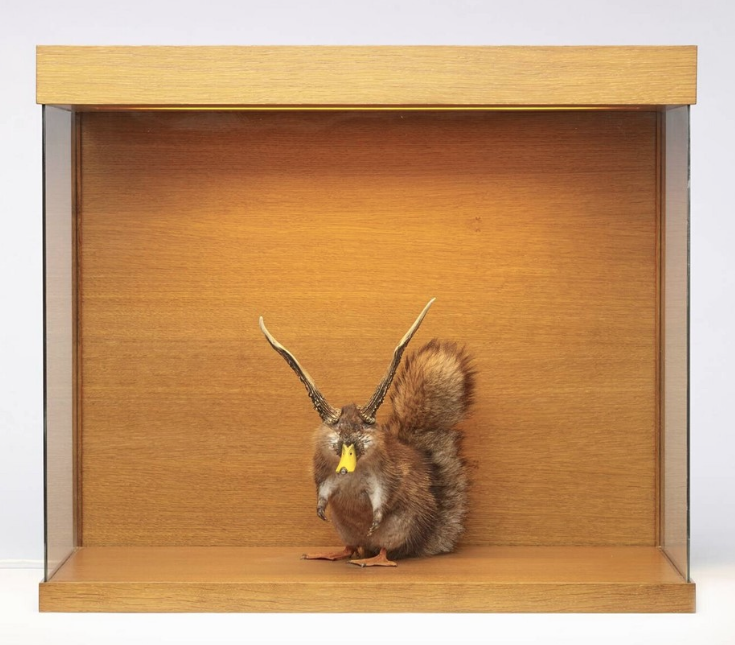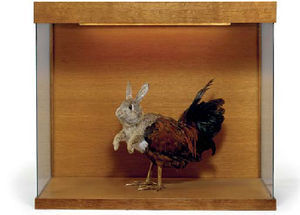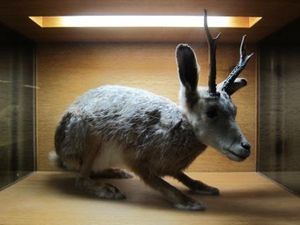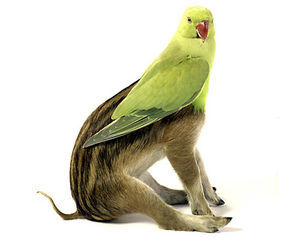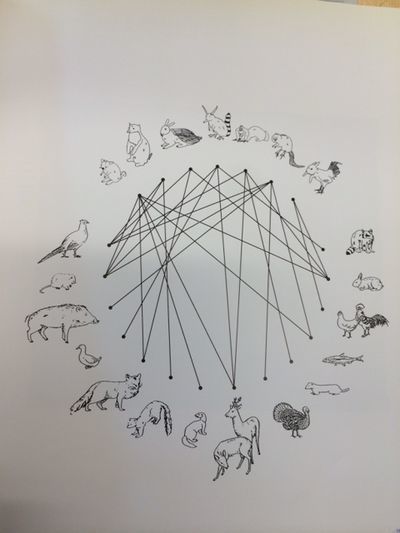Difference between revisions of "User:T.tran"
| Line 45: | Line 45: | ||
Material Teddy by Makiko Shinoda | Material Teddy by Makiko Shinoda | ||
<br> | <br> | ||
| − | [[ | + | [[MAKIKO SHINODA]][[http://www.makikoshinoda.com]] |
"The landscape of modern society finds us increasingly disconnected from a rich sensory experience. | "The landscape of modern society finds us increasingly disconnected from a rich sensory experience. | ||
Revision as of 12:20, 29 September 2014
Contents
Me, me, me: THUAN TRAN
Take and Make form the Museum
Project 1: Museum Of Fantastic Forgeries
For my first project I took inspiration from the art work of Thomas Grunfeld; name: Misfit IV. It is a series of sculptures made from taxidermic animals. I chose it because of the techniek, materials and specially de stories that he wants to tell us.
Misfit IV (Misbaksel IV), 1989 - 1990
Thomas Grünfeld
Biography
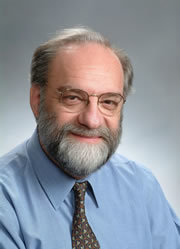 Thomas Grünfeld is best known for his “Misfits”—sculptures made from taxidermied animals. Grünefeld’s animals, however, subvert the typically scientific nature of taxidermy and instead represent fictional creatures: He places a pig’s head on a bird’s body in Misfit (pig/bird) (2001), or a dog’s head on the body of a calf in Misfit (doberman) (1998). The works reference German folklore, specifically children’s wolperfinger—moralizing fables about human-like animals—and as such evoke proverbial battles between real and imaginary, good and evil.
(https://artsy.net/artist/thomas-grunfeld)
Thomas Grünfeld is best known for his “Misfits”—sculptures made from taxidermied animals. Grünefeld’s animals, however, subvert the typically scientific nature of taxidermy and instead represent fictional creatures: He places a pig’s head on a bird’s body in Misfit (pig/bird) (2001), or a dog’s head on the body of a calf in Misfit (doberman) (1998). The works reference German folklore, specifically children’s wolperfinger—moralizing fables about human-like animals—and as such evoke proverbial battles between real and imaginary, good and evil.
(https://artsy.net/artist/thomas-grunfeld)
'Misfit series'
Neither historically accurate nor a restoration of anything that ever existed, Grunfeld's new trophies are assembled bij combining parts from different animals, made to looks as plausible as possible - as plausible, at least as a narwal, a stick-insect or a platypus. numbered, not titled, the Misfits look lost and vulnerable in their cabinets of german oak -'lost' because the cases are obviously too big, 'vulnerable' because of the neon lights and glass in three sides. their cole function is to be displayed like specimens, and their disturbing air of self-consciousness may derive from this fact, admittedly, they differ. While parts of a rabbit and a pheasant and the teeth of a fox give III a classical air, VI and V seem humorous and visually appealing.
=
Grunfeld's misfits related to the Southern German Wolpertinger tradition, tall tales about improbable beasts lurking unsuspected in the wild. Neither drawings and descriptions of these animals nor concocted specimens serve to increase their credibility. Instead, they further the mythology surrounding them, a phenomenon which even moves into print with popular books such as Heim and Reiser's Mit den Wolpertiner leben or Alphons schweigert's Und es Gibt sir doch!
Inspiration and the idee
Thing that interested me the most of 'Misfit' is the idee of:
-Exploring the fear of genetic engineering and what it might create. -Creating a modern mythology. -Questioning our manipulation of nature, hybrid by combine different pieces to make a new one.
The idee for the copy of 'Misfit IV' came by when i saw how my sister play lego. The lego pieces have no structor, they al feel the same at the surface. So i want to make a copy with different pieces that can combine together with different way ( like a lego piece) also experiment with the material.
Replica of Misfit IV
for the replica i think about the myth of the object ! think about the reel thing that you can see when you do the research about it!
After searching for a inspiration i have found this on internet:
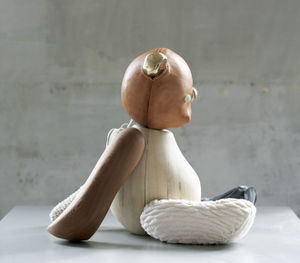
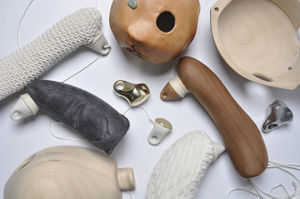
Material Teddy by Makiko Shinoda
MAKIKO SHINODA[[1]]
"The landscape of modern society finds us increasingly disconnected from a rich sensory experience.
Smells, sounds, colours and textures are standardized, categorized and controlled in urban life; thereby eliminating all the subtle nuances and richness that exist in the nature. This contributes to a lack of imagination, communication, and spatial perception.
How can we engage and stimulate our senses in our daily lives? My point of view for design is to create a sensory experience for urban life to develop the nervous system by stimulating the brain through interaction with sensory inputs."
Real fur
First i try to make the replica from real fur.
